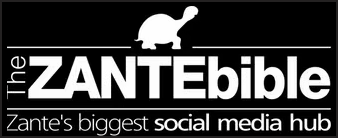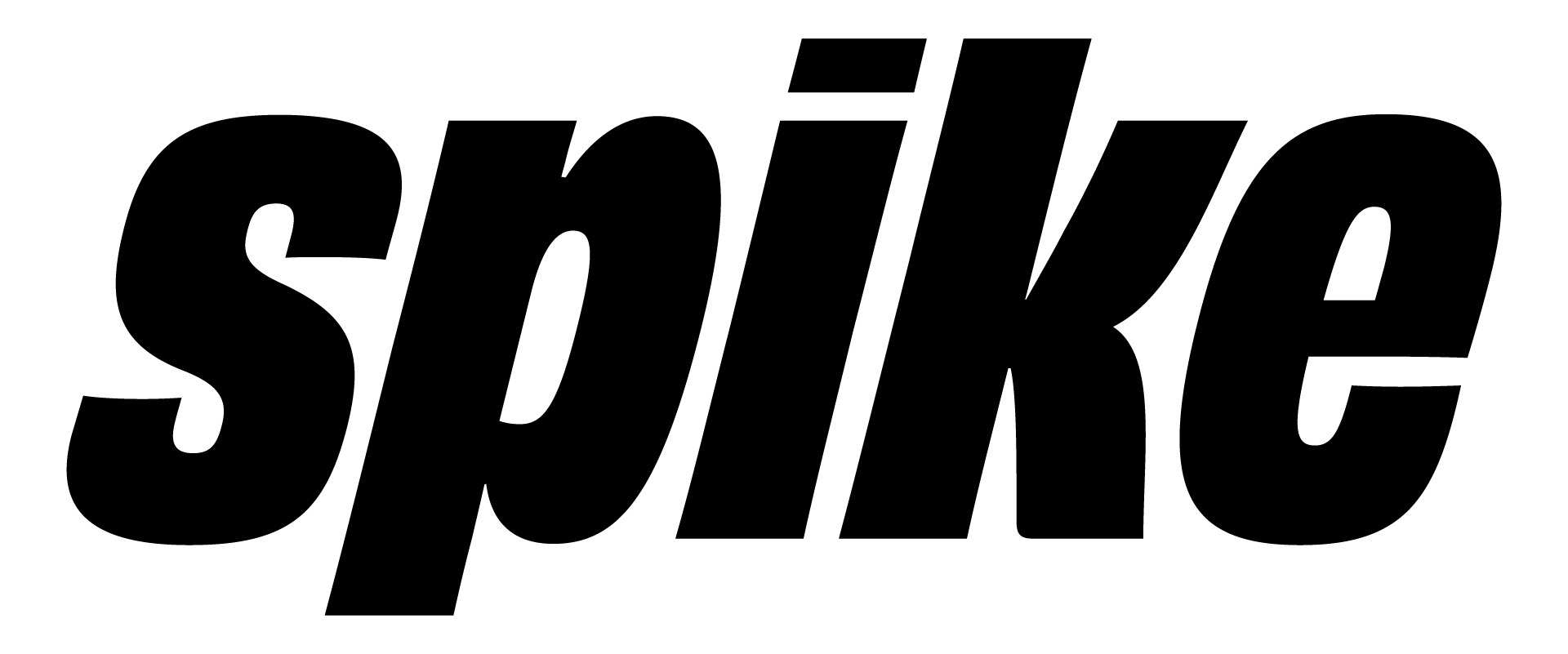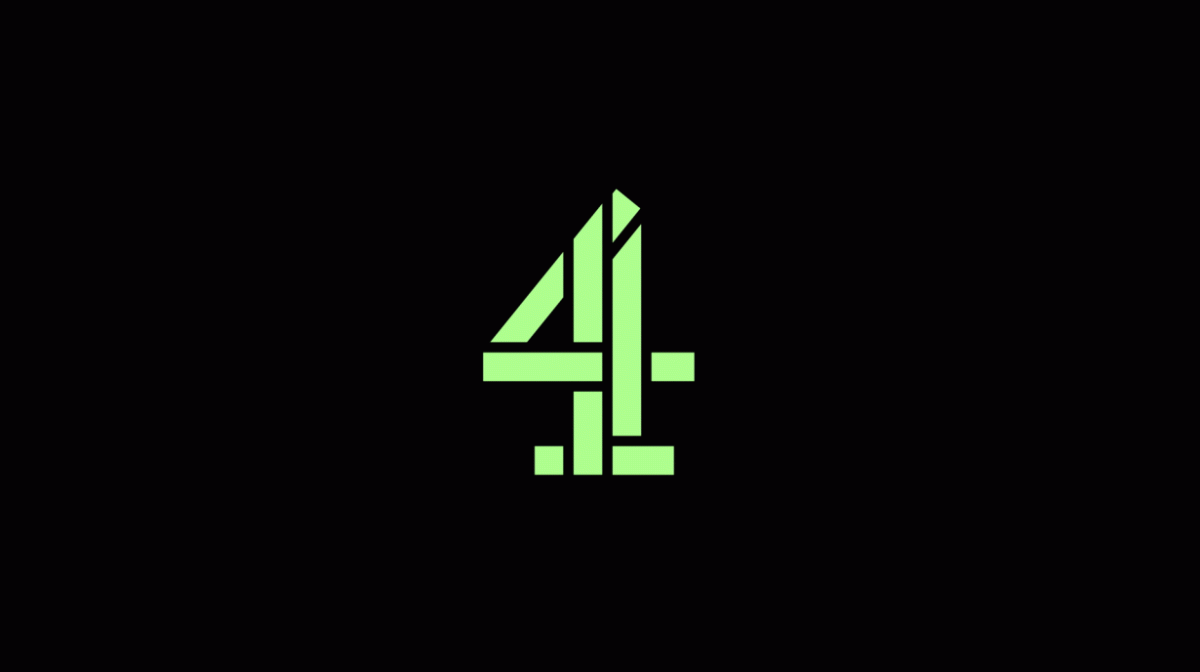Diversity has become a big buzzword over the last few years in the workplace, especially in the past year as widespread remote working, the on-going Coronavirus pandemic and the wake of global protests changed the way we interacted with each other. In the wake of of this, many companies and organisations pledged to make a change, often offering unconscious bias training and committing to being more inclusive, amongst other initiatives. Not even up to a year after and commitment – and actions – from many leaders has waned. So how do we move forward and keep momentum? And is this even a problem for those working in tech?
In the tech sector, there’s a misconception that technology is above the very human flaws and biases of society. To put it simply – this isn’t true. Not too long ago we saw AI systems – such as those used by Google and Microsoft – come under the microscope due to perpetuating racial bias. This is just one instance of why diversity in tech still has a long way to go. When it comes to improving diversity in tech teams, you may be thinking “why is diversity so important, surely your place on a team should be based on merit?”. No-one is denying this or saying that tech employees should be picked due to their identity. Nonetheless, it is important to note that there are very capable people that come from an array of backgrounds and aren’t always afforded the same opportunities. So if you're not seeing these people on your teams, you need to think why.
It's evident that skills and ideas are not limited to one gender, race, ethnicity, age or sexual orientation. Diverse teams actually drive more innovation within an organisation. Don’t believe us? Check out this report by Harvard Business Review. But this article isn’t to cast blame or guilt-trip. Quite the opposite: we think you can help.
As usual, we’ll outline constructive and feasible solutions so that you can make a real difference where it matters most. To find out how keep reading!
Recognise Where You Benefit - This Is Where You Can Help
Often when discussing diversity, people can feel personally attacked. “But I didn’t ask for this privilege” or “Actually I don’t think I benefit that much”. Let’s be real - straight white men make up the majority of those working in tech. That’s not a negative or a positive, it’s just the way tech currently is. However, as a sector that prides itself on always being ahead of the curve and having the brightest and best minds, we’re really missing a trick by not being more diverse. The reality is, whether or not you think you benefit, there will likely be a place where you can help.
You can look at your life. If you’re white – are you listening to those from other backgrounds and the difficulties they may face because they’re not white? If you’re straight – are you contributing to workplace homophobia or are you being an ally? If you’re a non-disabled person, are you working to make the workplace more accessible for your colleagues? Do you use gender-neutral language or have expectations for certain genders? Do you look down on those who haven’t got a degree?
Okay, breathe. Try not to feel overwhelmed. Remember that no one’s asking you to have to all the answers, it’s more about awareness and little actions that will make a change. If everyone made an effort to try change just one behaviour, we’d see a huge difference.
Be Prepared to Have Uncomfortable Conversations
Sometimes we can panic because we’re unsure if we’re saying the right thing or if we will offend someone. Sometimes we can be so scared of offending someone that we decide it’s easier to ignore the situation completely. This doesn’t help anyone. If we want to move forward in tech, we have to be prepared to have uncomfortable conversations. Conversations where you might feel awkward, or you don’t know what to say are normal. Similarly, it’s important to listen to those in minority groups, and not speak over them or their experience. And please, please don’t be that person who says “Well I have friends that are [insert minority group]”. You can have colleagues, friends, even family who come from that minority group but if you are not from that group then your experience is already different from theirs.
Diversity isn’t just one thing. Whilst race and gender are more widely spoken about (and we say this very liberally), diversity spans multiple dimensions including disability, neurodiversity, religion etc. There’s also the concept of intersectionality (for example a black woman won’t necessarily be treated one way because she’s black and another way because she’s a woman - she experiences both at the same time) which you can find out more about here. Sometimes it may be hard to identify how to help, so we’ve outlined a few examples below.
Not being diverse can look like…
Remember this is not an exhaustive list at all, but you can make a start here.
ACCESSIBILITY
- Is there enough space in the vicinity for those who use wheelchairs, walk with crutches etc?
- Are you using closed captions for the media you put out?
LANGUAGE
- Are you using gender-neutral language?
- Are you being over-familiar with someone just because of their background?
EXPECTATIONS
- Respect shouldn’t be based on a perception of age (and this goes both ways)
- Neurodiversity: productivity doesn’t always look the same.
SOCIALISING
- Are you unintentionally excluding people who may not be able to participate in certain activities such as drinking-focused outings due to religion or personal beliefs?
- Is there a way to offer alternatives?
Be An Advocate
Now you understand where you might benefit and that’s all well and good, but how can you actually help? It’s simple - be an advocate. Three ways you can do this is if you donate, read, and organise.
DONATE
Whilst you recognise that you want to help, you might also think that it will be too time-consuming. There are experts and activists who do this work on a daily basis. Consider donating to their causes and organisations. However, sometimes you may think, “there’s only so much I can donate”. Perhaps you can recommend a charity or cause inline with diversity as part of your company’s community outreach strategy. Or if there isn’t one in place, you can suggest this.
READ
If you don’t know what to say or do then do the research! This is essential to being a great advocate as you can’t help if you don’t know how. There are hundreds of outreach events that take place online for different communities, consider attending webinars and talks, reading books (or listening to audiobooks), and watching videos. You may want to ask a colleague about their experience, and whilst some people are more than happy to educate you, the onus isn’t on them to do this. Imagine them having to explain to every single person who asks …. it can be exhausting. This is why reading helps, there are far more online resources now than ever before.
ORGANISE
Use your voice to amplify those who are marginalised or less seen, even when they’re not in the room. Actually, especially when they’re not in the room. Additionally, being more mindful of those around you and other people’s situations can help.
A positive attitude towards change is one of the fundamental ways to make truly beneficial change towards embracing diversity and including others. If you’re wondering how, then take this example: it’s now a given that there will be vegetarian options when we dine somewhere but this wasn’t always the case. Some will remember the 90s where most restaurants had sparse vegetarian options and didn’t care to cater to non-meat eaters. Fast-forward to 2021 and there are now vegetarian options as well as vegan, gluten-free and dairy-free in some of our favourite spots.
We say this to say change can happen in tech. You may feel as though you’re just one person and you can’t make a difference. But If not you then who? You likely will make mistakes. And that’s okay, but it’s important to keep being open to learning and change. We’re rooting for you.







